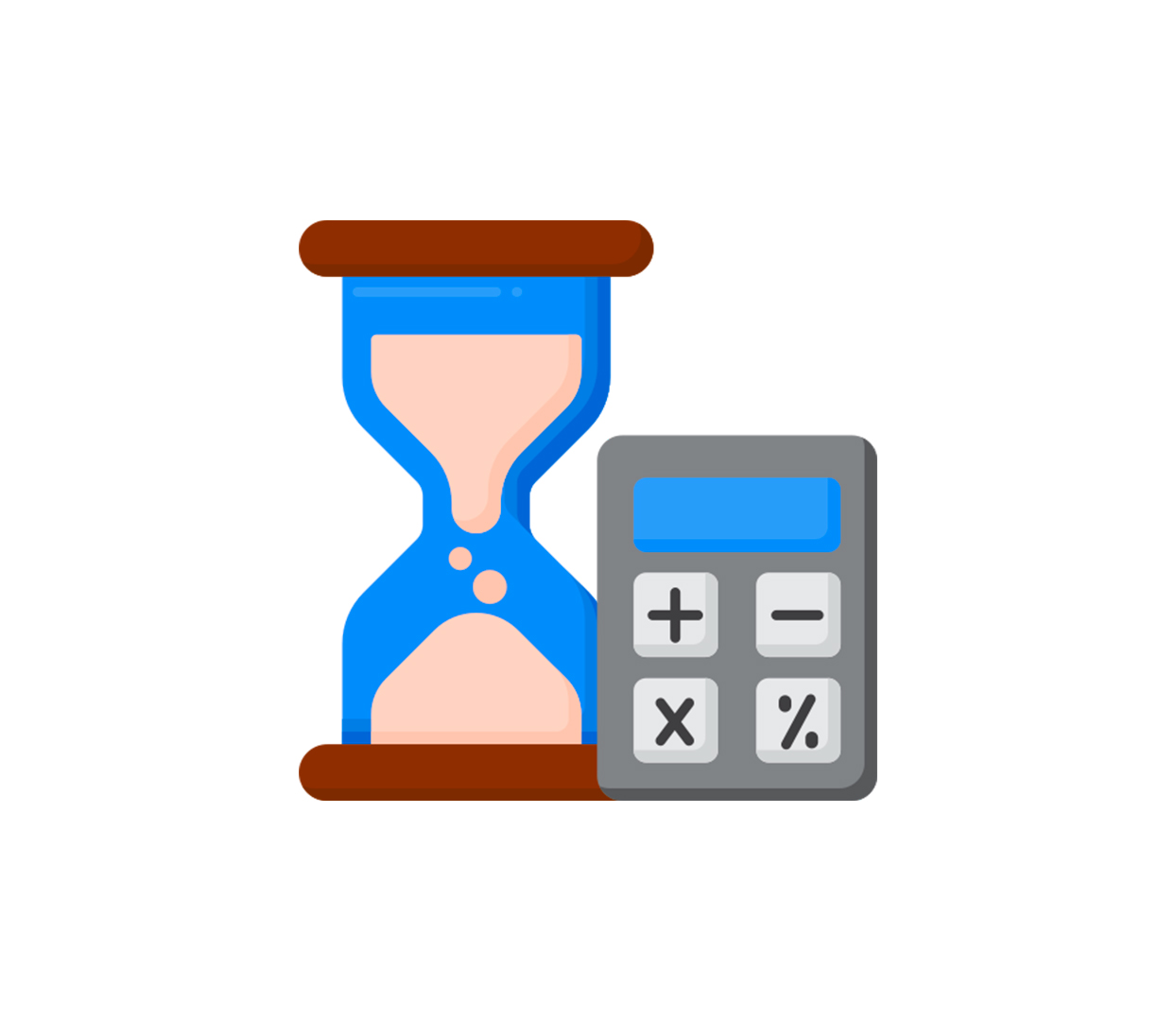Types of Accounting Concepts

Business Entity Concept
This notion assumes that a commercial enterprise and its owners are two separate, autonomous entities for accounting purposes. Thus, the owner of a business and the business itself are considered distinct legal entities. When a business owner invests money in their company, it is recorded as a liability of the company, representing a loan from the owner. Similarly, when the proprietor withdraws cash or items from the business for personal use, it is not categorized as a business expense. Consequently, accounting records are maintained in the books of accounts from the perspective of the business unit rather than the firm owner. This concept lies at the core of accounting.

Money Measurement Concept
This theory assumes that all commercial transactions must be conducted in monetary terms. Thus, by the money measurement concept, transactions that may be described in terms of money are documented in the books of accounts. It uses monetary units to quantify material, labor, expenses, investment, sales, purchases, assets, and liabilities, providing a common denominator. Money is a standard unit of recording transactions relating to a business's income, profit, loss, capital, assets, and liabilities, making it easier to record and report commercial transactions in financial statements like profit and loss statements and balance sheets.

Going Concern Concept
It emphasizes that a firm will continue to operate for an unlimited amount of time. Simply put, it means that every corporate entity can continue to exist. As a result, it will not be dissolved anytime soon. This is a crucial accounting assumption because it establishes a foundation for displaying the value of assets on the balance sheet. According to this notion, every year some money will be shown as an expense and the rest as an asset. As a result, if money is spent on an item that will be utilized in the business for a long time, it is not appropriate to deduct the cost from the revenue of the year in which the item is purchased and the remaining balance is shown as an asset.

Accounting Period Concept
All transactions are documented in the books of accounts under the assumption that profits from these transactions will be determined for a set period. The accounting period notion is what this is called. This is required for a variety of functions, including profit calculation, financial position determination, tax computation, and so on. The financial year is the calendar year that begins on April 1st and concludes on March 31st of the following year. All transactions are documented in the books of accounts for a specific period under the accounting period concept. As a result, commodities acquired and sold during the period, as well as rent, salaries, and other expenses, are included.

Cost Concept
According to the accounting cost concept, all assets are recorded in the books at their purchase price, which includes the cost of acquisition, shipping, and installation, rather than their market value. Fixed assets, such as buildings, plants, machinery, furniture, and so on, are documented in the books of accounts at the price paid for them. According to this principle, an occurrence that does not cost the organization anything is not documented, even if it has an impact on the company's valuation.
Dual-Aspect Concept: Accounting's foundational or fundamental principle is that of a dual aspect. It is the foundation for recording company transactions in accounting records.

